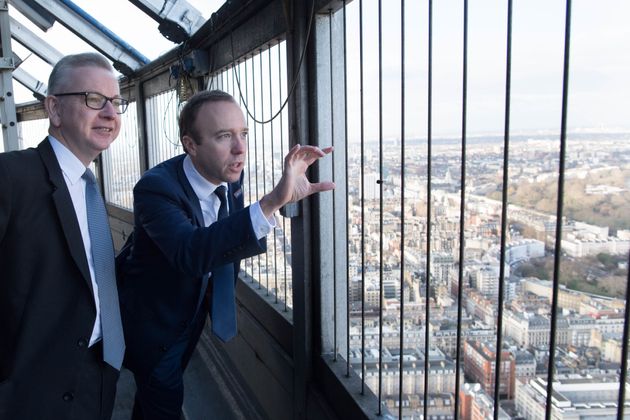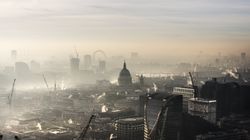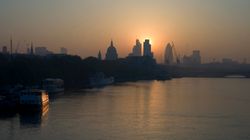
The UK Government launched its Clean Air Strategy today with a headline-grabbing claim that it wants to halve the number of people living in areas with particulate matter pollution (PM2.5) above guideline limits set by the World Health Organisation.
The government is very proud of this announcement, and rightly so. It could make the country a world leader in efforts to tackle this modern day public health crisis. We have been calling for government commitment to World Health Organisation guidelines for several years and we’re delighted to see its new strategy moving in the right direction.
However, there is only so much you can do with ambition. To be truly world leading, the government would have to enshrine this new target into law, and set legally binding limits which ensure that people across the country benefit from cleaner, safer air – not just half the population. There is a handy vehicle for ministers to do this in the new Environment Bill, which is currently being formulated.
Our call to Michael Gove, as Environment Secretary, would be to go further – put these limits in law to reflect the seriousness of the challenge and so that the government is truly accountable. The Health Secretary, Matt Hancock, helped him launch the strategy today and his department would be the first to benefit from this.
Among the other proposals that have caught the media’s attention are several aimed at wood burning stoves, and ammonia from farming, both of which contribute to the dangerous particulate matter pollution that the government is looking to curb.
Some of these represent a welcome first step, in other cases the government has missed the mark. However, behind all of these is an alarming policy black hole.
Today, across the country, there are illegal and harmful levels of another pollutant, nitrogen dioxide. In towns and cities where this is at illegal levels, it comes mostly from road transport, particularly diesel vehicles. Legal limits for this dangerous gas came into force in 2010 and the government says it recognises this is an immediate and urgent challenge for it to tackle.
In its strategy, the government cites a plan, which it says deals with this problem. The plan it refers to came about because my organisation, ClientEarth, took ministers to court three times over air pollution, and won, forcing them to start cleaning up their act.
Unfortunately, the government’s plan has relied on passing the buck to Local Authorities to come up with their own proposals to reduce pollution. Many of which have already missed the deadlines set for them by the government. And ministers are doing nothing about it. So to claim that air pollution from transport is already being dealt with by other plans is just not going to cut it.
Without committed and effective action to tackle the source of the country’s illegal levels of air pollution, the government will never be able to call itself world leading. How can it when it’s not even leading at a national level? We need ministers to prove this is more than just PR because the fine words in the strategy do not match the state of the air in our towns and cities.
We need a proper national plan to tackle air pollution at a national level and this, crucially, must include help for people to move to cleaner forms of transport.
Today’s strategy has some impressive numbers when it comes to how much will be saved in healthcare costs by cleaning up our air. The government needs to make money available to help, with policies such as scrappage schemes, so that people can trade in their old diesel vehicles for ones which don’t pollute so heavily, or for other ways of getting around. The government should also introduce tax incentives to make it cheaper to buy a cleaner vehicle and make the car companies retrofit vehicles to cut emissions as they are doing in Germany.
The government’s strategy has some positive commitments. The government now needs to put its money where its mouth is, both by enshrining its ‘ambitions’ in law, showing leadership on clean air zones and helping to fund the move to cleaner ways of getting around.



